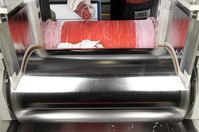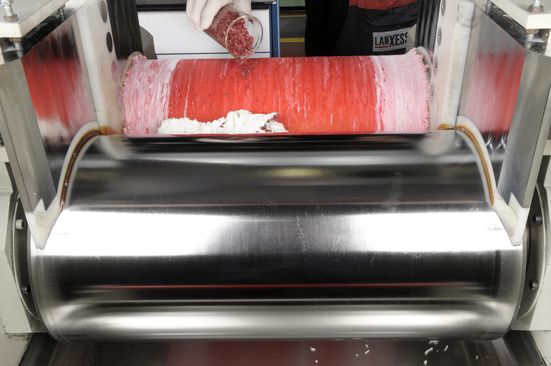Asia
EMEA
Good to know
An artificial rubber material keeps the world moving.
Rubber has become an indispensable part of the modern world. Whenever machines and engines require the use of bearings, whenever forces are transmitted and liquids are transferred, whenever rotating shafts and containers must be sealed, there is no getting around this material. However, today’s high-performance elastomers have little in common with the materials obtained from natural rubber.
Today’s technology and the requirements it imposes on rubber have been revolutionized since the early days when the first coats, boots, inkpots and even combs were manufactured from natural rubber. Higher application temperatures, faster machines and ever more stringent standards of energy efficiency and cost-effectiveness are compelling engineers to opt increasingly for special grades of rubber.
In 2007, some 13.6 million metric tons of synthetic rubber were used worldwide, compared with roughly 9.7 million metric tons of natural rubber. Experts expect that demand for synthetic rubber will continue to outpace that of natural rubber as a result of its useful properties. Synthetic rubber is employed today as the basis for a wide range of high-performance rubber products, and it will continue to be instrumental in unlocking the potential of new opportunities and applications in the future.
- Gallery




